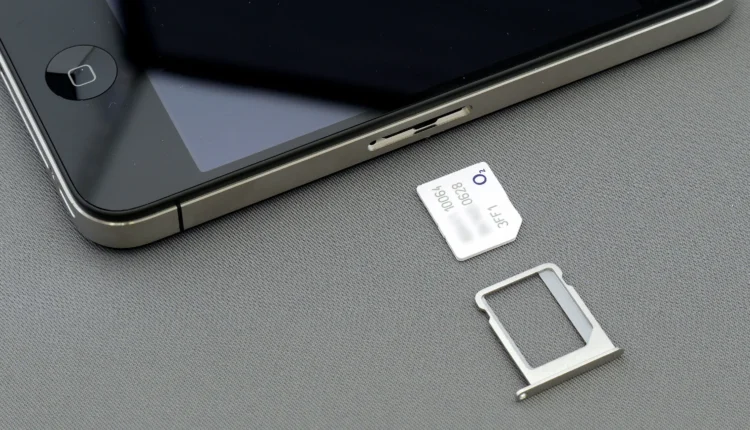
The Best Roaming Plans for International Travel
If there’s one thing that can make even the most diehard globetrotter groan, it’s roaming fees. Those pesky extra charges metered out in a maze of “per text per minute per megabyte of data per day…?” can be tricky to navigate. No wonder there’s plenty written about how to avoid roaming fees. The Best Roaming Plans for International Travel
If you’re puzzled by roaming fees, we’re here to help. Here’s the scoop on the best roaming plans for international travel, including when you might actually want to use roaming on a trip.
What is Roaming and Why Would I Use It?
Roaming is the use of voice services, texting, or mobile data outside your home network. Usually, this also means outside the country, although not necessarily. You might find yourself roaming domestically when you’re:
- In remote areas within your country, such as camping in the wilderness
- In urban areas where your provider doesn’t have any towers
Oddly enough, you might find that you still have regular service across a border. When that happens, it’s because your carrier operates in another country. For example, T-Mobile operates in Canada, the U.S., and Mexico. That means T-Mobile customers with certain plans experience no disruptions or roaming in those three countries.
If you’re European, you might notice that you seldom have roaming charges when you move around inside the E.U. That’s because the European Union banned roaming charges within its borders. Your carrier is also legally required to text you when you start roaming. If you don’t get a text, you aren’t using roaming data.
Roaming doesn’t have the best reputation in the travel community. It’s typically the most expensive way to use your phone, and many carriers have a history of being less than straightforward about how much it costs. That said, there are a few cases when roaming is appropriate for your situation. Let’s take a look.
When to Use Roaming Abroad The Best Roaming Plans for International Travel
Roaming is expensive, but it’s convenient. You don’t have to remove your SIM card, fiddle with any settings, or worry about finding a SIM card vendor in an area where you might have a language barrier.
Carriers have gotten a little better at making international data accessible to their subscribers. That’s mostly because other options (like eSIMs) are popping up, making it easier to avoid roaming.
However, there are a few instances where roaming works for you. Consider it if you:
- Will be in the roaming area for a short time and absolutely need your phone. If you can’t disable data because you’ll need it, paying for roaming might be wise.
- Have a cell plan with prepaid roaming minutes, text, or data. It’s becoming more common for some high-end phone plans to include prepaid roaming. Check with your provider ahead of time.
- Get free international data for any reason. Some carriers offer free international data. Others will provide free data at slower speeds, such as 2G or 3G. If this is acceptable to you, you don’t need to buy add-on plans or extra SIM cards.
Best Roaming Plan Alternatives
If your domestic carrier’s best roaming plan is unappealing, there are other options you can consider. Here’s a closer look at two of them, including when you might want to use each.
1. International SIM Cards
These are physical SIM cards that work internationally. International SIM cards are popular among two groups of travelers: those who frequently travel for work and those who travel for long periods, like digital nomads. If you fall into either category, an international SIM card might be best for you.
The only catch? You need to set up an international SIM card before you leave, and it can take a week or two to arrive.
2. eSIM Cards
Another option for accessing international data is an eSIM. An eSIM is an embedded SIM (or digital SIM card) that gives you instant connectivity. It works like a regular SIM card without the fuss of searching and fiddling with a tiny piece of plastic. The best part: You can store multiple eSIMs on your phone, allowing you uninterrupted service no matter where you go.
Of all your options, eSIM plans are the most flexible. You can choose from a range of periods (e.g., one week, two weeks, one month, etc.) and data amounts (e.g., 1GB, 5GB, 10GB, etc.). You can also choose among local, regional, and global plans.
You can get an eSIM from an eSIM marketplace or provider. Currently, only certain phones support eSIM, but it’s becoming standard in newer phones. For example, iPhones released in 2018 and later are eSIM-compatible.
Roam Without Fear with Airalo
The best roaming plan for you depends a lot on your travel needs. Carriers are beginning to back away from over-the-top roaming fees, but it’s still possible to get hit with them if you aren’t careful.
In some cases, you may have roaming minutes or data included in your current plan, so it’s worth checking that out first. If you don’t, you have plenty of more affordable and convenient options. We’ve covered three ways to get international data and stay connected while traveling. We may be biased, but eSIMs are certainly the best option!
Interested in giving eSIMs a try? Check the Airalo eSIM store for data options at your next destination.










